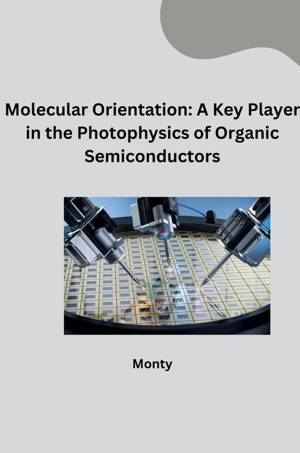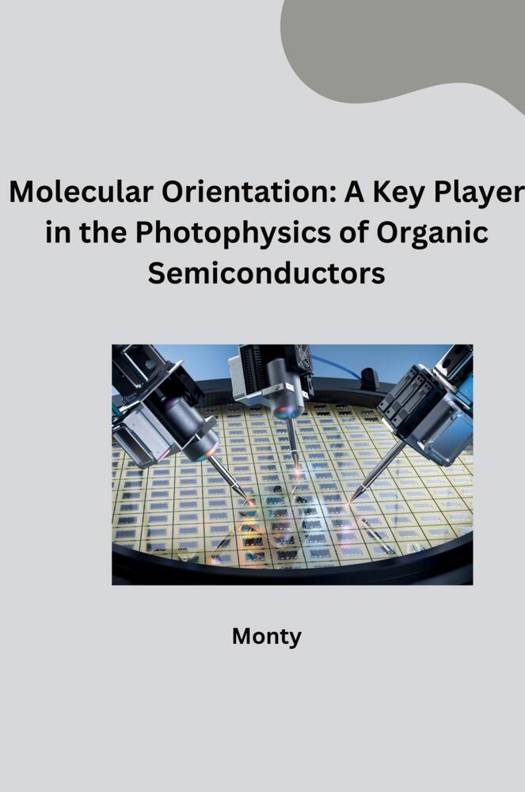
- Afhalen na 1 uur in een winkel met voorraad
- Gratis thuislevering in België vanaf € 30
- Ruim aanbod met 7 miljoen producten
- Afhalen na 1 uur in een winkel met voorraad
- Gratis thuislevering in België vanaf € 30
- Ruim aanbod met 7 miljoen producten
Zoeken
Molecular Orientation
A Key Player in the Photophysics of Organic Semiconductors
Monty
Paperback | Engels
€ 27,45
+ 54 punten
Omschrijving
Organic semiconductors are revolutionizing electronics with their flexibility and potential for sustainable applications. However, a hidden factor plays a crucial role in their performance - molecular orientation. This article explores how the way organic molecules are arranged within a material significantly impacts its light-related properties (photophysics). We'll delve into how: - Orientation influences light absorption: Aligned molecules can absorb light more efficiently, leading to better performance in solar cells and light-emitting devices. - Charge transport is affected: Orientation can impact how efficiently charges move within the material, crucial for functions like light emission and current flow in transistors. By understanding and controlling molecular orientation, scientists are unlocking the full potential of organic semiconductors. We'll explore innovative techniques for achieving optimal alignment and showcase how it paves the way for a brighter future of organic electronics.
Specificaties
Betrokkenen
- Auteur(s):
- Uitgeverij:
Inhoud
- Aantal bladzijden:
- 228
- Taal:
- Engels
Eigenschappen
- Productcode (EAN):
- 9783384273475
- Verschijningsdatum:
- 27/06/2024
- Uitvoering:
- Paperback
- Formaat:
- Trade paperback (VS)
- Afmetingen:
- 152 mm x 229 mm
- Gewicht:
- 340 g

Alleen bij Standaard Boekhandel
+ 54 punten op je klantenkaart van Standaard Boekhandel
Beoordelingen
We publiceren alleen reviews die voldoen aan de voorwaarden voor reviews. Bekijk onze voorwaarden voor reviews.








